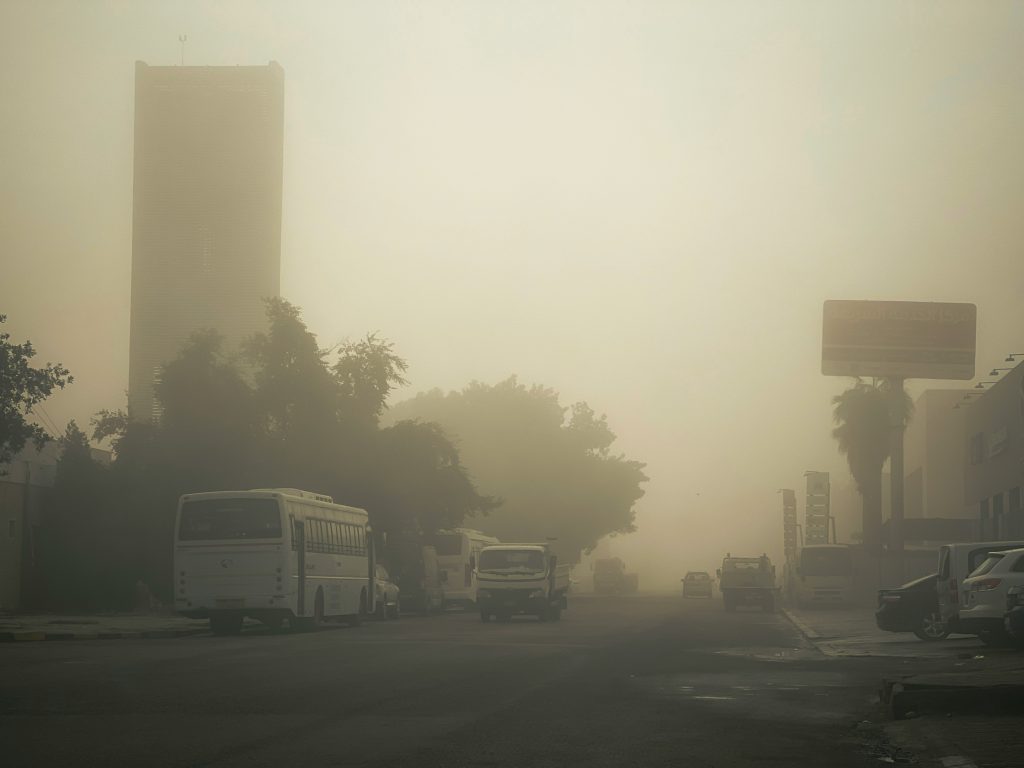Air Quality
Monitoring Activities
We operate continuous measurements of atmospheric particulate matter (PM1, PM2.5, and PM10) and black carbon (BC) at our observational site, contributing to the understanding of pollution sources. These measurements are essential for evaluating air pollution levels, identifying trends, and supporting the calibration and validation of satellite data products.
Research Focus
- PM1, PM2.5, PM10 mass concentrations;
- BC as an indicator of combustion-related pollution;
- Aerosol optical and physical properties;
- Long-term data series for trend analysis;
- Source apportionment studies using aethalometers and chemical speciation;
- Integration of ground-based and satellite observations.
Context and Relevance
Our work supports national and European efforts to monitor and improve air quality, aligning with WHO guidelines and climate-health co-benefit policies. Understanding the spatial and temporal distribution of aerosols helps policymakers and the public respond to pollution events, such as wildfires, dust transport, and urban emissions.
Useful links:

